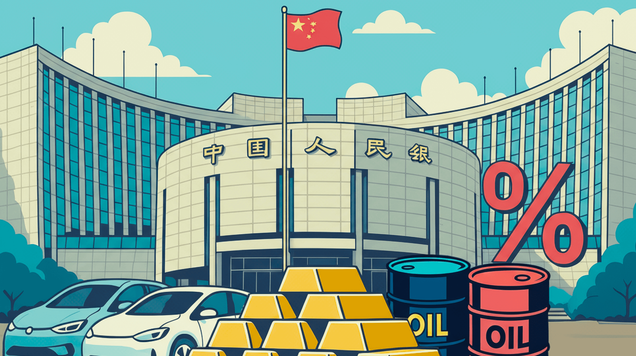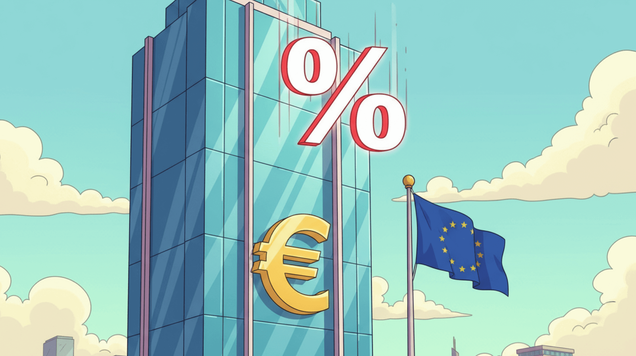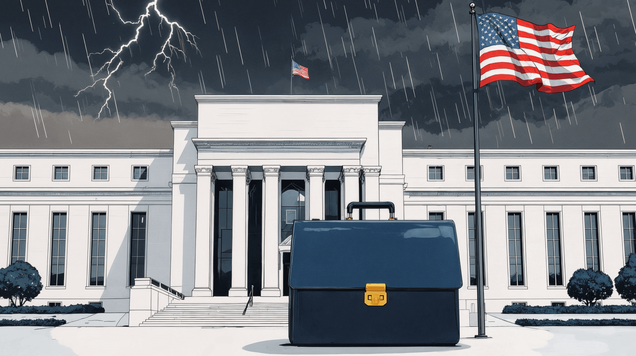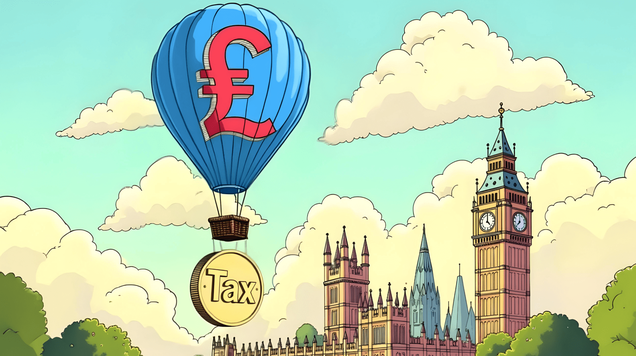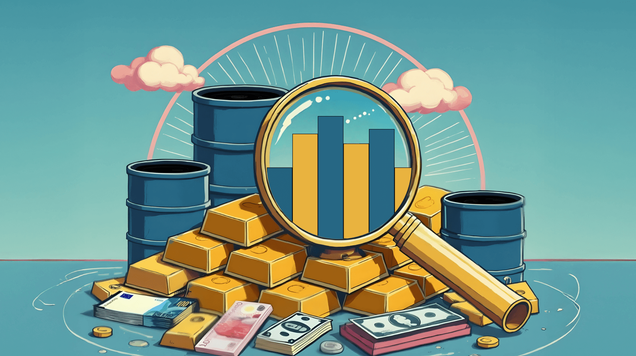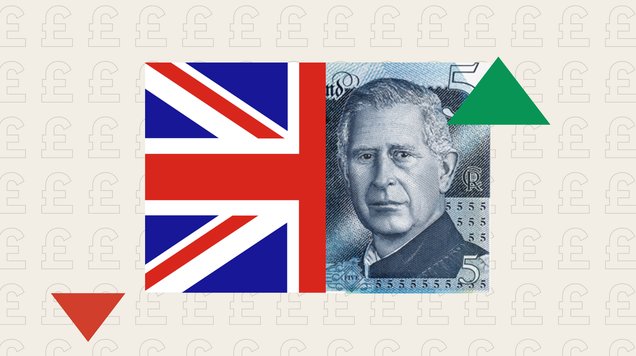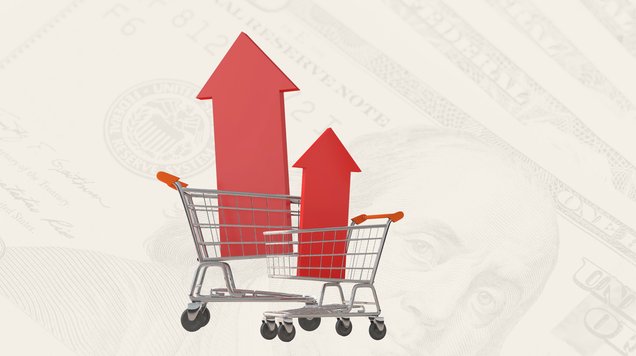The global gold rush: why are central banks turning to gold?
Central banks boost their gold reserves
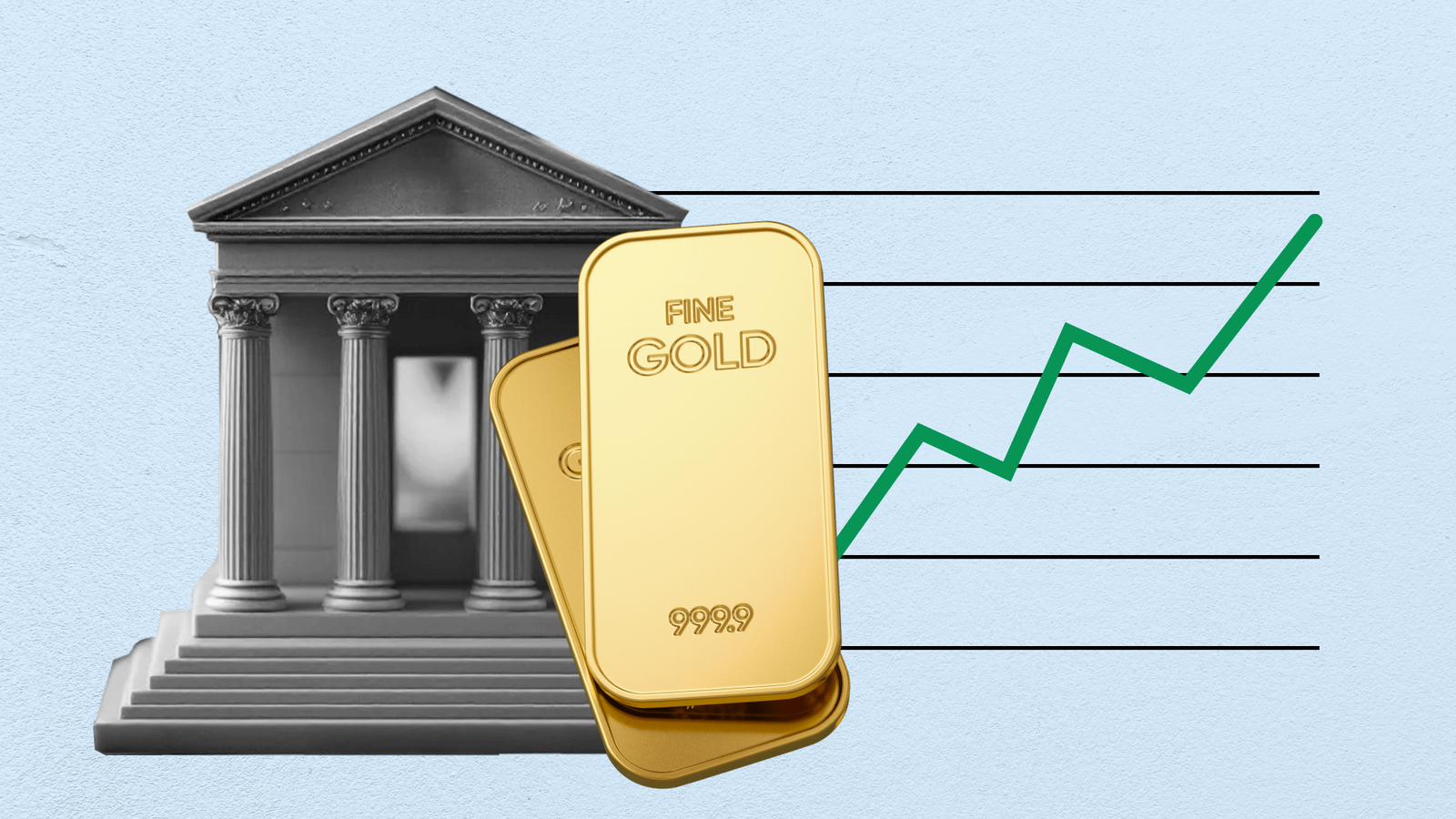
Gold outshines bonds: central banks redraw the map of global reserves
Why central banks are increasing their gold holdings
China and Russia in the Lead: A strategic race to accumulate gold
Global gold prices Keep hitting record highs as central banks drive demand.
Global gold prices continue their upward climb, setting fresh record highs almost daily. While several factors are fueling the rally, the most significant driver remains the surge in central bank purchases of precious metal. At its core, gold is a commodity shaped by supply and demand dynamics—and central banks’ appetite is tipping the scales.
Central Bank Gold Holdings Surpass U.S. Treasuries.
For the first time since 1996, central bank gold reserves have overtaken holdings of U.S. Treasury securities. According to the World Gold Council’s latest survey, central banks expect the upward momentum in gold prices to continue over the next 12 months.
Currently, gold accounts for around 27% of total central bank reserves, while Treasuries stand at roughly $4.5 trillion. Sovereign institutions have been buying more than 1,000 tons of gold annually over the past three years—double the pace seen before 2022.
A Push to Move Away from the U.S. Dollar.
Recent data show that countries with geopolitical ties to China and Russia have sharply increased their gold reserves since late 2021. The trend accelerated after the G7 froze Russia’s foreign exchange reserves following its invasion of Ukraine. Moscow responded by ramping up gold purchases, helping drive global demand higher.
China’s Buying Spree.
China has emerged as one of the largest gold buyers in recent months. The People’s Bank of China has been adding to its reserves for eleven consecutive months as part of a broader effort to diversify away from the U.S. dollar. With trade tensions between Washington and Beijing escalating, and the rivalry between the two powers deepening, analysts see China’s buying spree as a major force supporting gold prices in the months ahead.
Hedging Against Inflation
Since inflation spiked to multi-decade highs after the COVID-19 pandemic, central banks have been turning to gold as a hedge. At the same time, U.S. Treasuries have come under pressure from mounting fiscal deficits and higher interest rates, making gold a more attractive alternative.
A Return to Pre-1970s Levels?
Before the 1970s, gold made up as much as 75% of central bank reserves. Over time, that share fell significantly—but the recent wave of buying suggests a potential return to those levels. If the trend continues, sustained demand could keep pushing gold prices higher, reinforcing its role as the world’s ultimate safe-haven asset.
